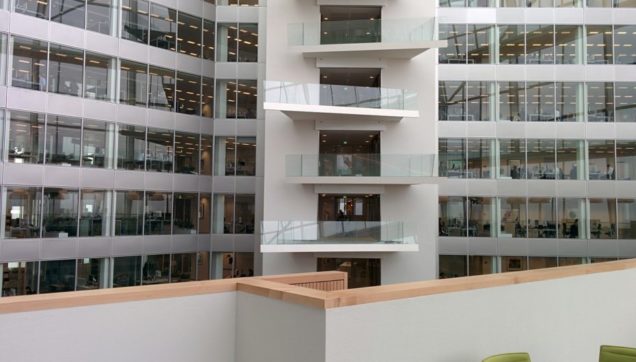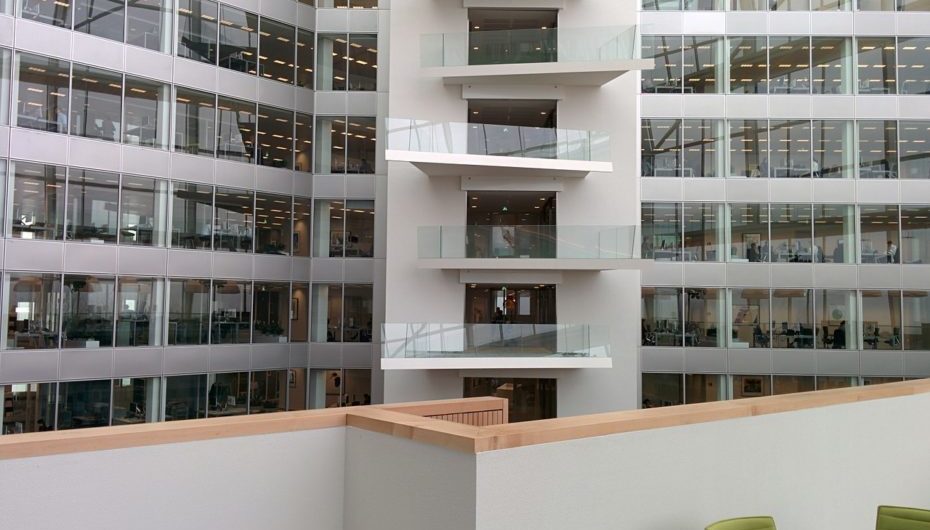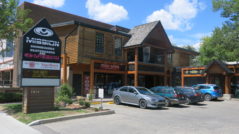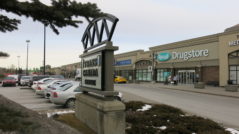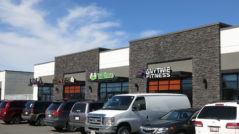A lease for commercial office or storage space is usually a complex contract. Most commercial leases allow for common areas to be included in the lease agreement. This helps to cover maintenance and cleaning in shared areas like corridors, communal restrooms, and entrance ways. However, depending on the type of commercial property that you manage, there may be additional ways to collect more rent.
There are 3 types of additional provisions that landlords can use to recover operating expenses from tenants:
- Expense stop. This type of lease uses the area of office space used to calculate the amount of rent to cover communal areas. Then the tenant pays a proportional share of operating expenses on top of the “expense stop” amount.
- Base year. A lease that includes the base year to calculate operating expenses requires tenants to pay their proportional share. There are various ways to calculate the base year and you should inform your tenants how you calculate it.
- Net lease. This type of lease requires tenants to pay a proportional share of operating expenses during the year that the lease is in force.
If you lease office space in a commercial property, you may think about including a “gross-up” in the lease. This allows you to collect a pro-rata share of the building’s operating expenses from all tenants, even if you have commercial space that is not leased yet. This type of lease clause can help to cover building expenses like insurance premiums and taxes which need to be paid, irrelevant of the amount of space leased in the property.
Lease contracts with various additional rent provisions can be complicated matters. Therefore, to protect yourself and make sure that all your property’s operating expenses are covered, you should have an experienced real estate broker assist you. It is also good practice to inform your tenants as to the additional rent clauses so that they are fully aware of how extra rent payments

